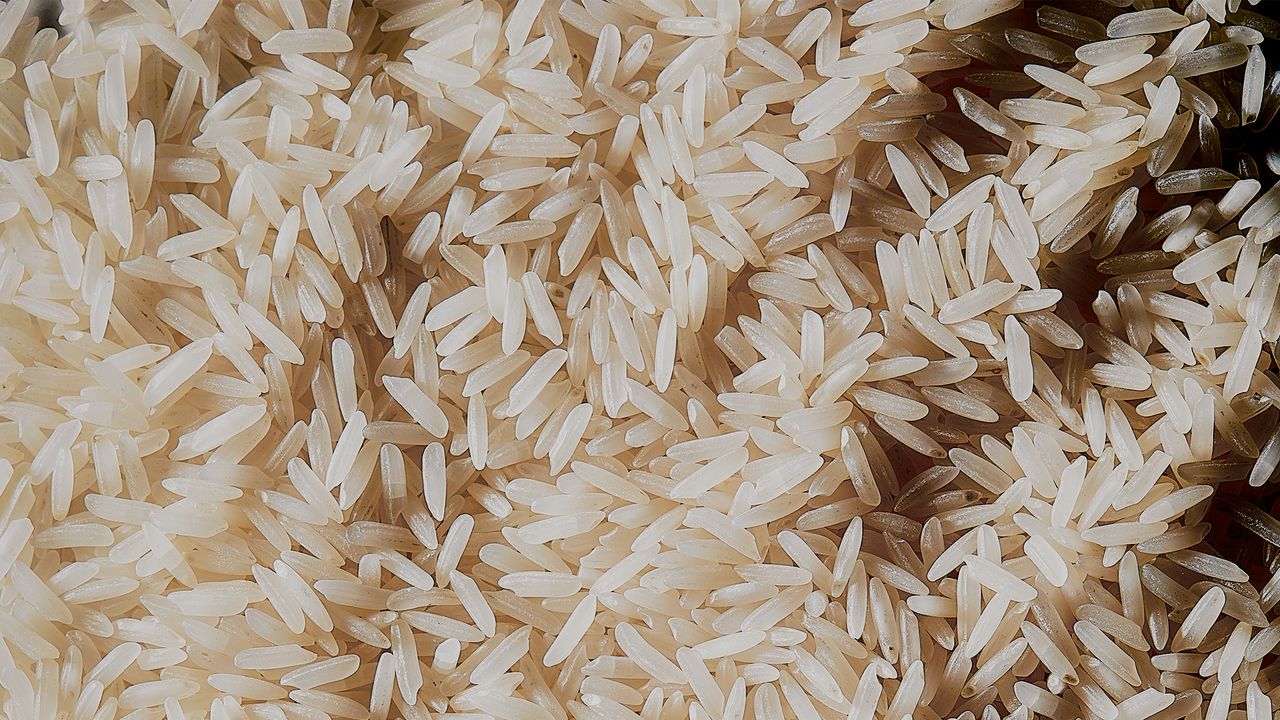
Did you know that rice is the most widely consumed food in the world? It is cultivated in almost every country across the globe: from Asia, where it is at the heart of many cuisines, to Central and South America, where consumption is increasing yearly.
There are many varieties of rice, each with specific characteristics, which means that some are better than others for different dishes—and that rice varieties notably differ in their nutritional properties as well. Basmati, a long-grain white rice from India, is especially popular with athletes due to properties that distinguish it from “normal” white rice.
What is the difference between “normal” rice and basmati rice?
Basmati rice is characterized by it’s narrow, long-grain shape, which extends when cooked. Other varieties of rice have more of an oval shape and fuller grains that tend to clump together. Basmati rice is less refined than white rice, so it retains more fiber and nutrients. It also has a lower glycemic index than other varieties of white rice and is easier to digest. Basmati rice additionally retains seasoning better and has a distinctly richer aroma.
Basmati rice’s nutritional properties
The nutritional numbers for 100 grams of cooked basmati rice are:
- Carbohydrates: 27 grams
- Protein: 2.5 grams
- Fats: 0.3g
- Fiber: 0.4 grams
- Vitamins: contains B vitamins
- Minerals: provide iron, zinc, magnesium, and phosphorus
Basmati rice’s glycemic index
Basmati rice has a lower glycemic index than other types of white rice, which helps prevent sudden spikes in blood sugar. Glycemic peaks can cause negative effects such as increased hunger and insulin resistance.
Have a beauty or wellness trend you’re curious about? We want to know! Send Vogue’s senior beauty & wellness editor an email at beauty@vogue.com.
#Basmati #Rice #White #Rice #Variety #Healthiest






